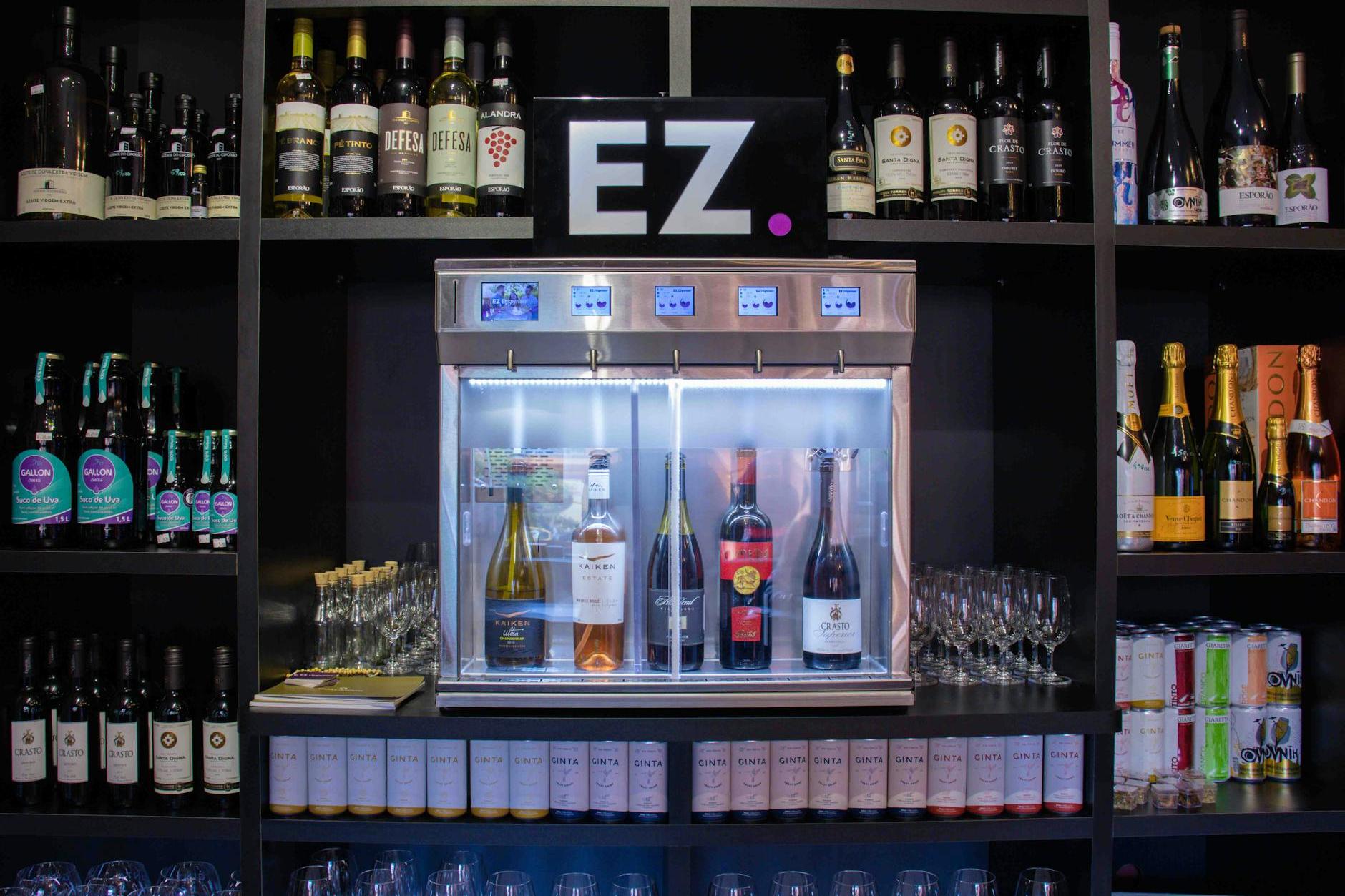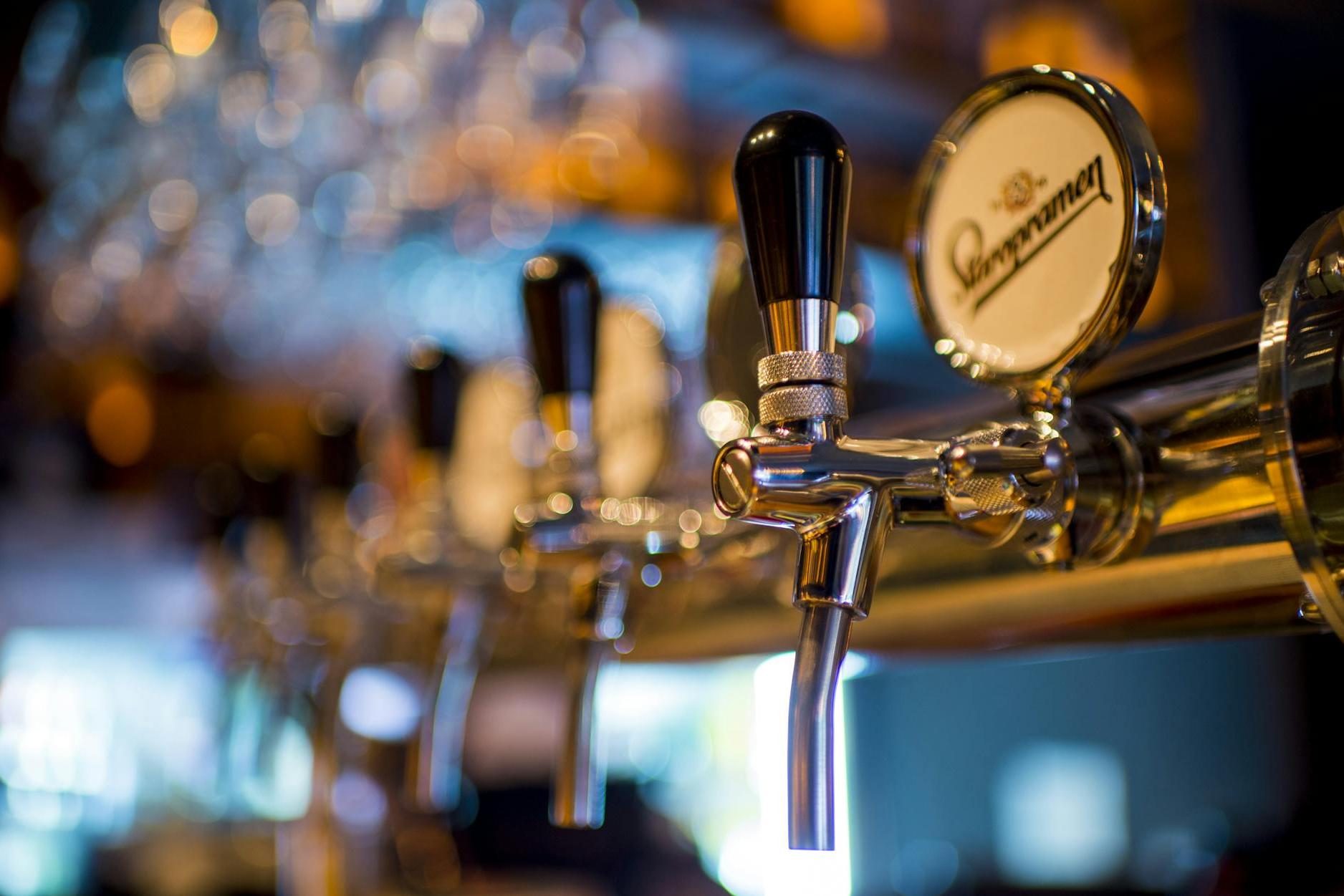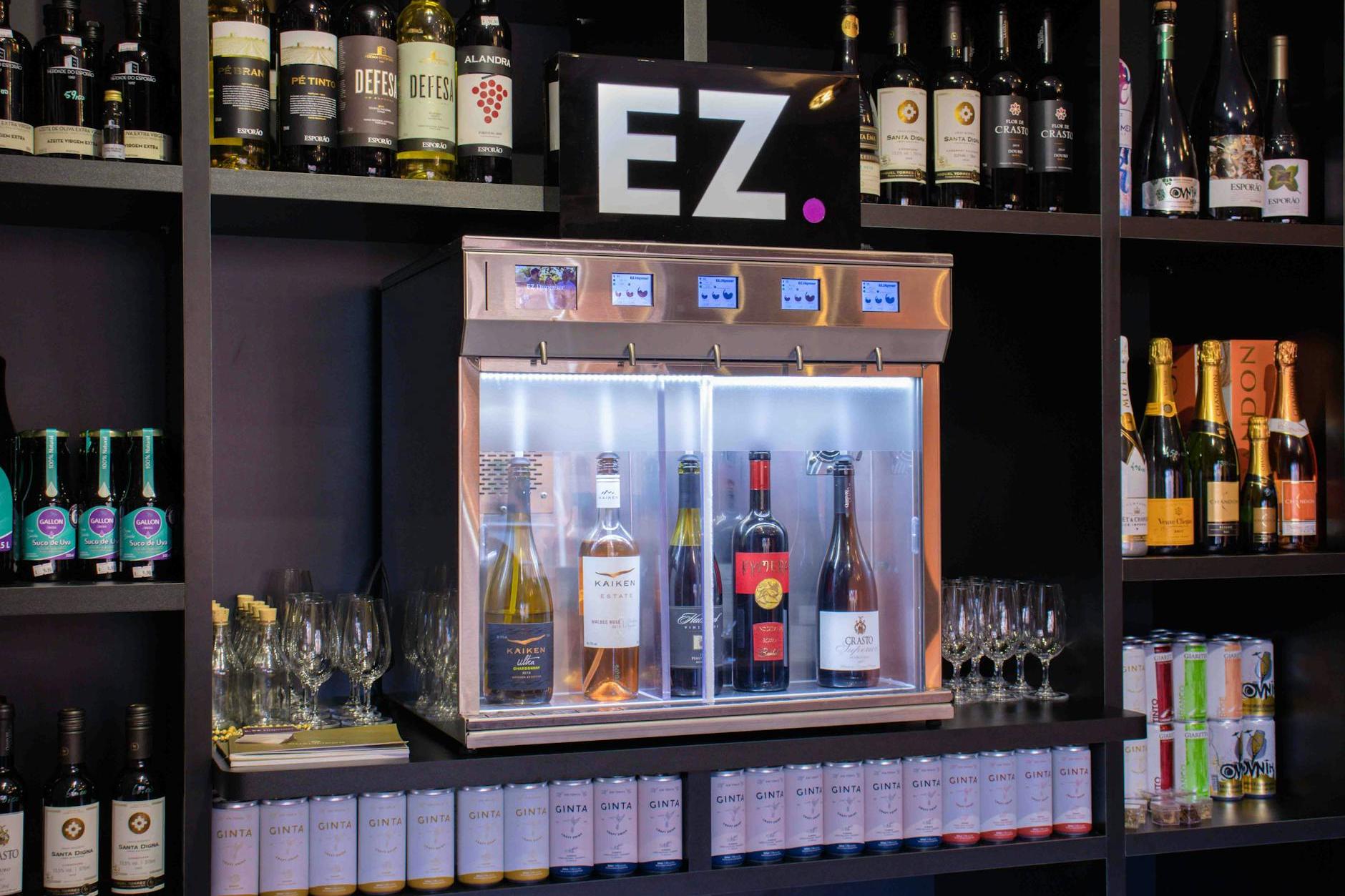- Shanghai Zhongshen International Trade Co., Ltd. - Two decades of trade agency expertise.
- Service Hotline: 139 1787 2118

The "ID Card" Dilemma of German Beer: The Pitfalls We've Stumbled Into Over the Years
Last year, an enthusiastic long-term client sent us a quotation from a craft brewery in Munich, only to have it rejected by customs during the product filing process. The reason turned out to be that the German manufacturer'sCertificate of OriginDoes not include the new versionReinheitsgebot(Beer Purity Law) Supplementary Provisions. Such seemingly minor documentation discrepancies often cost importers months of rectification expenses.
- Core Qualification Requirements:
- Manufacturer HACCP Certification (must include Chinese translation)
- EU Organic Certification and Domestic Organic Product Catalog Cross-verification
- Alcohol Content and Malt Degree Dual Standard Test Report
- Common Document Pitfalls:
- German breweries commonly use "Originalwort" to indicate the concentration.
- The Chinese label must include both "Original Wort Concentration" and "Alcohol by Volume."
- The can packaging must be labeled with the warning: "Keep out of direct sunlight."
The "hidden landmines" in the customs clearance process
During an urgent customs clearance process, we encounteredDeclared price dispute: The customs authorities deemed the declared value to be below the price range issued by the German Beer Association. After providing the original contract for end-of-season clearance sales from the manufacturer, payment receipts, and logistics tracking, the compliant declaration was ultimately completed. This reveals three key control points:
- Tariff calculation basis:
- Beer with a malt content exceeding 10°P is subject to a 14% tariff plus 17% value-added tax.
- Transportation insurance costs must be listed separately (some German manufacturers are accustomed to providing bundled quotes).
- Handling of Special Situations:
- Seasonal promotional product price filing pre-review
- Precise control of the tax-free quota for sample imports
The "Golden 72 Hours" Rule of Cold Chain Logistics
When dark beer meets the 40℃ heat of Shenzhen's Yantian Port, a certain batch of goods was affected by...Yard temperature control failureCauses secondary fermentation of yeast. We have established this forThree-stage temperature control planHas served over 200 containers:
- Maritime TransportationStage: Maintain a temperature of 5-8°C throughout (2°C lower than regular beer).
- Port temporary storage: Configure mobile refrigerated containers
- Last-mile Delivery: GPS Tracking System with Temperature Sensor
When Bavarian Tradition Meets Oriental Flavors
After a certain German-style wheat beer entered the market through conventional channels, feedback indicated that30% of consumers believe the bitterness level is too high.The solutions we assist in adjusting include:
- Product Portfolio Strategy: Form a product matrix by pairing with honey/fruit-flavored series.
- Scenario-based Marketing: Associating with Barbecue Scenes to Mitigate Taste Impact
- Packaging improvement: Changed from 500ml to a more suitable 330ml can for individual consumption.
From hop variety selection to end-shelf display, every step requires professionalism.Cross-cultural trade adaptation capabilityJust like the case last year where we successfully helped a brand go public: by adjusting the proportion of the castle element in the wine label design, the product recognition rate increased by 40%.
Four Value Anchors for Choosing a Proxy Service
- Customs declaration error rate:The excellent agent rate should be below 0.5%.
- Emergency response speed:Provide a solution within 2 hours.
- Localized database:Include early warning records of German beer imports from the past three years.
- Supply Chain Visualization:The number of real-time tracking nodes should be no fewer than 15.
I remember during one peak season before the holiday, we anticipated port congestion and switched to Qingdao Port for entry 72 hours in advance, securing the valuable Spring Festival slot for our clients. This approach based on...Preparatory work: 80% of importers have fallen into these trapsThe decision-making is precisely the core value of professional agency.
Related Recommendations
Category case
Get in Touch
Email: service@sh-zhongshen.com
Related Recommendations
Contact via WeChat

? 2025. All Rights Reserved. Shanghai ICP No. 2023007705-2  PSB Record: Shanghai No.31011502009912
PSB Record: Shanghai No.31011502009912









